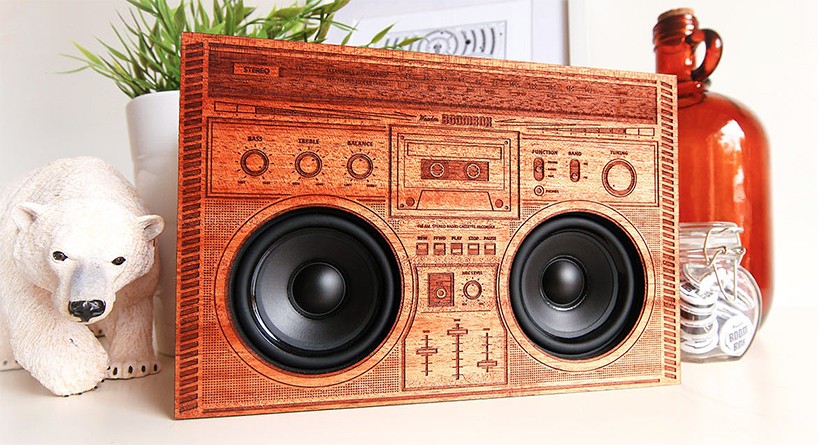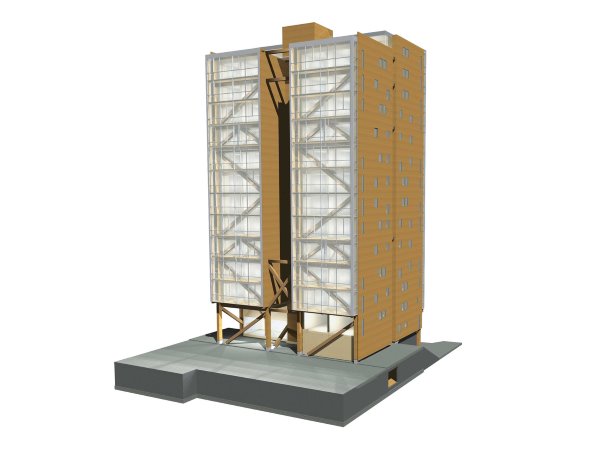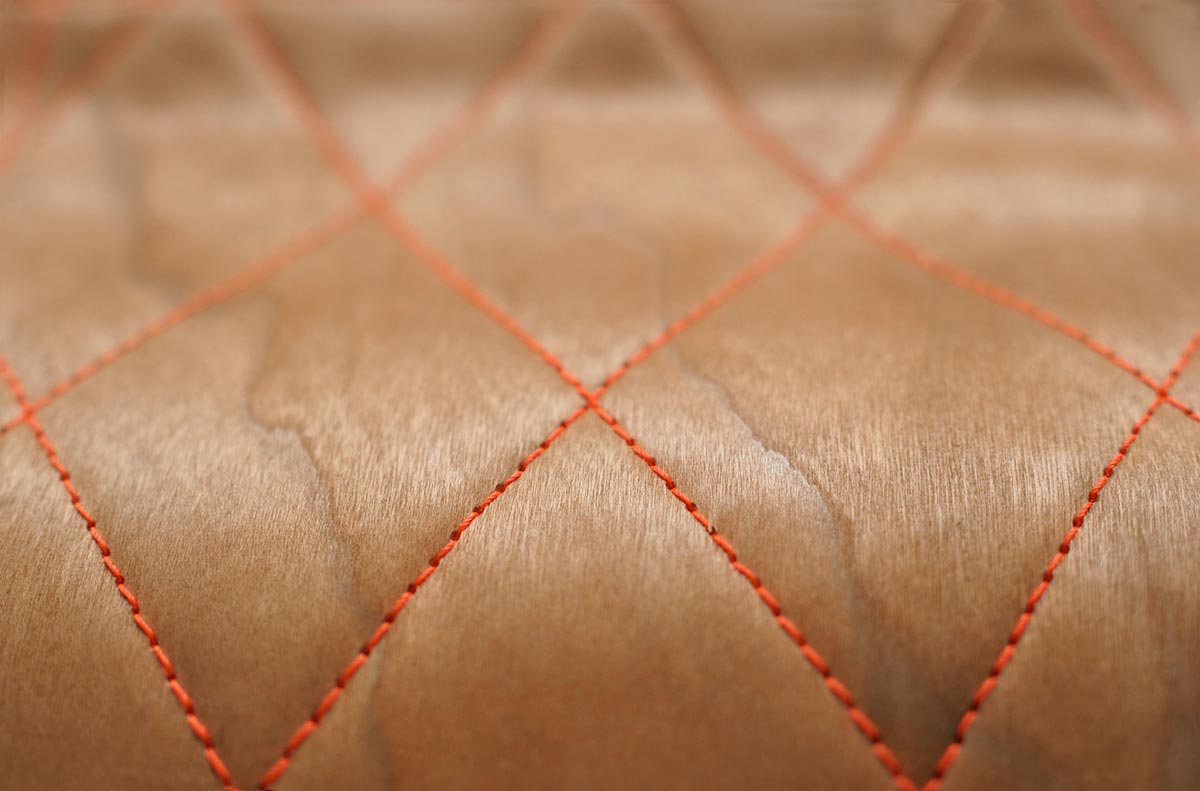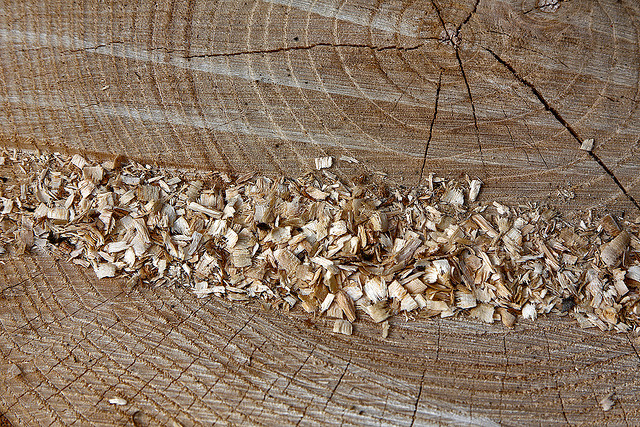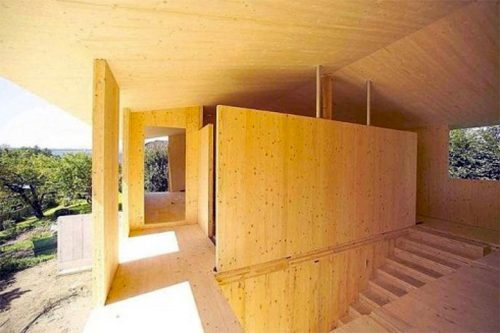
Who says gadgets have to be made from throwaway, environmentally unfriendly plastics? Just as with furniture, decor, household items and even architecture, they’ll last longer – and look a lot more beautiful – when they’re hand-crafted from high quality wood. Timber tech might seem like a gimmick upon first glance, but it’s actually a step in a more sustainable direction, and these gorgeous items are just as functional as their more conventional counterparts.


Take for example this multitouch trackpad and numerical keyboard, each constructed from a single piece of wood. Compatible with any Mac OS, Windows 7 or 8 computer, these items connect wirelessly via Bluetooth and are available at the Design Boom store.

The wooden Tok Tok ‘Trobla’ speaker consists of a system of detachable wooden pieces designed to fit different generations of iPhones and other smartphones. You simply insert your phone in the top, and the sound is amplified through a special chamber that enhances the stereophony and low frequencies.

Maybe you can’t actually push any of the buttons or adjust the other ‘controls’ laser-engraved onto this fun wooden boombox, but you don’t need to – you control it through your phone or computer. Connect via Bluetooth or 3.5mm audio input to project sound through two 3-inch full-range speakers.

